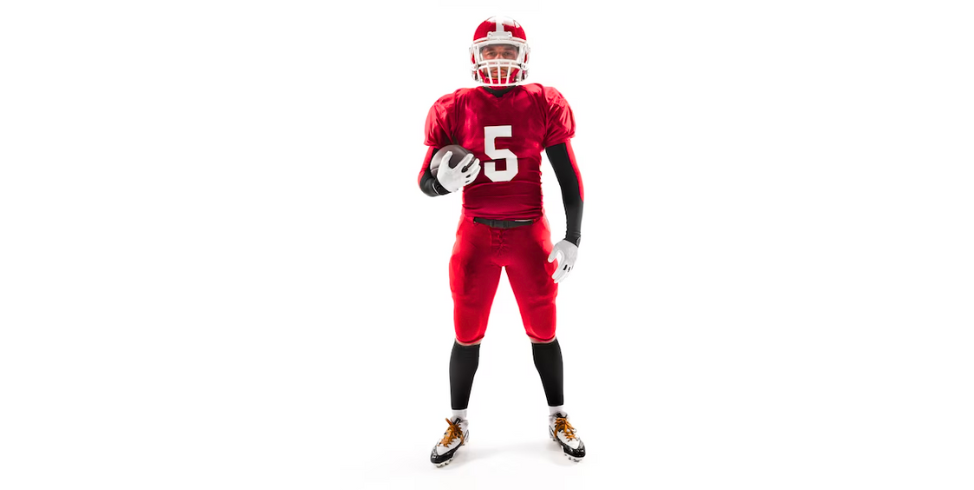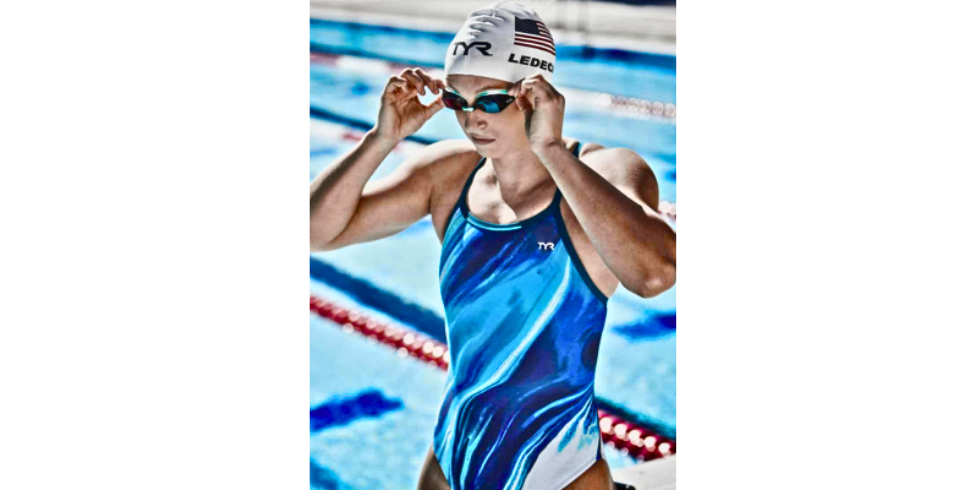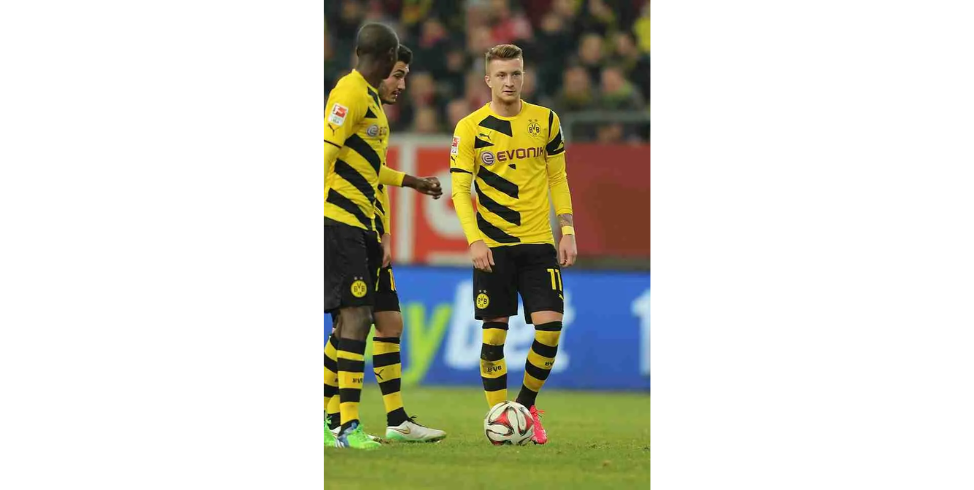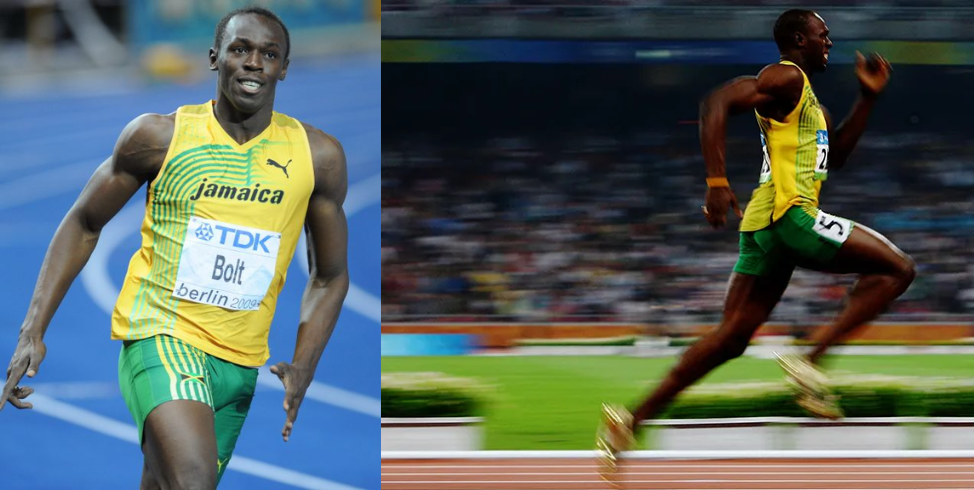The Psychology of Color in Sportswear Design: Impact on Performance and Perception

The Psychology of Color in Sportswear Design
When it comes to sportswear design, color is more than just a matter of aesthetics. It has a profound impact on performance and perception, and understanding the psychology behind it can give athletes a competitive edge. From boosting confidence to enhancing focus, the right colors can make a world of difference on the field or court. So, if you want to learn how to use color to your advantage and take your game to the next level, keep reading!
The Power of Color: How it Affects Performance and Perception
If you've ever wondered why certain teams wear specific colors, it's not just for the sake of visual appeal.
The power of color in sportswear design goes beyond aesthetics and can significantly impact an athlete's performance and perception on the field. Studies have shown that colors have a psychological impact on athletes, both mentally and physically.
For example, wearing Red has been linked to increased aggression and intensity, making it a popular choice for contact sports like football or rugby.

American football player wearing full red sportswear
On the other hand, Blue is known to have a calming effect, promoting a sense of tranquility and composure. This is why you often see sports teams donning blue uniforms, especially in high-pressure situations where focus and concentration are crucial, such as swimming or archery.

Blue Swimming suit
Understanding the psychology of color in sportswear design allows athletes to strategically choose the right hues that align with their desired outcomes. By wearing colors that enhance confidence, boost energy levels, or even intimidate opponents, athletes can gain a competitive edge.
Choosing the Right Colors for Sportswear Design
It's important to know how to choose the right colors for sportswear design. The color selection process goes beyond personal preference or team branding; it should align with the desired outcomes and performance goals of the athletes. First, consider the sport and its demands.
For high-intensity contact sports like boxing or martial arts, warm colors like red or orange can help enhance aggression and intensity, giving athletes a psychological edge. These colors can activate the fight-or-flight response, increasing adrenaline levels and boosting performance.

For sports that require focus and precision, such as golf or archery, cooler colors like green or blue can be advantageous. These colors have a calming effect, helping athletes maintain composure and concentration during high-pressure situations. They can also create a sense of harmony and balance, enhancing overall performance.

Additionally, it's essential to consider the target audience and cultural associations. Different colors may have varying meanings in different cultures. Understanding these associations can help athletes connect with their audience and create a strong visual impact.
Feeling Blue or Seeing Red: Emotional Associations with Colors
Colors have a powerful influence on emotions and can impact an individual's mood, motivation, and perception. For example, the color blue is often associated with feelings of calmness, serenity, and trust. It can help athletes stay focused, maintain a sense of tranquility, and make strategic decisions on the field.
On the other hand, the color red can evoke strong emotions such as passion, energy, and even aggression. It has been found to increase heart rate, blood pressure, and respiratory rate, which can give athletes a surge of energy and heightened competitiveness.
Understanding these emotional associations can inform sportswear design choices and enhance athletes performance. For example, incorporating blue into sportswear for a team that needs to maintain composure in high-pressure situations can promote a sense of calmness. However, using red in team uniforms for high-intensity sports can ignite a sense of strength and passion.
How Color Can Boost Confidence and Motivation
In addition to evoking emotions, colors can also have a significant impact on an athlete's confidence and motivation. Research has shown that certain colors can enhance these psychological factors, giving athletes an extra edge on the field. For instance, the color yellow is often associated with positivity, optimism, and happiness. Wearing yellow sportswear can create a vibrant and energetic atmosphere, boosting an athlete's mood and confidence. It can also help create a sense of unity and teamwork among teammates, as yellow is often seen as a color that promotes social interaction.
On the other hand, the color black is often associated with power, strength, and elegance. Wearing black sportswear can make athletes feel more assertive and authoritative, enhancing their sense of confidence and self-assurance. It can also create a sleek and professional look that can intimidate opponents and boost the wearer's performance.
By understanding these associations, sportswear designers can strategically use color to help athletes feel more confident and motivated. Incorporating yellow or black into specific parts of the uniform, such as trimmings or accents, can be a subtle yet effective way to harness the psychological benefits of these colors.

The German football squad Borussia Dortmund rocks a color combo of black and yellow
The Science Behind Color and Performance
Have you ever wondered why certain teams choose specific colors for their uniforms?
It turns out that there is a scientific explanation behind it. Colors have the power to influence the way we perceive performance in sports. Research has shown that certain colors can enhance an athlete's perceived performance. For example, the color red has been found to be linked to increased aggression and dominance. When athletes wear red sportswear, it can create a psychological advantage by intimidating opponents and making the wearer appear more powerful.
On the other hand, blue is often associated with calmness and trustworthiness. When athletes wear blue sportswear, it can create a sense of reliability and competence, which can positively impact how spectators perceive their performance. These color associations can have a profound impact on both athletes and spectators.
By strategically incorporating specific colors into sportswear design, teams can influence the way they are perceived and potentially gain a psychological edge over their opponents.
Color Associations and Symbolism
Colors hold powerful meanings and can evoke specific emotions and responses.For example, the color green is often associated with growth, renewal, and nature. When athletes wear green sportswear, it can create a sense of harmony and balance, promoting a grounded and focused mindset.
Similarly, yellow is often associated with energy, optimism, and creativity. Athletes wearing yellow sportswear may feel a surge of vitality and positivity, enhancing their motivation and endurance on the field. Black, on the other hand, is often linked to power, strength, and sophistication. Wearing black sportswear can instill a sense of authority and confidence, empowering athletes to give their best performance.

Roger Federer: Tennis legend Roger Federer often wears all-black outfits at night matches in major tournaments. This not only exudes sophistication but also adds to his aura of confidence and authority on the court
Understanding these color associations and symbolism allows sportswear designers to make intentional choices that align with the team's goals and values.
By selecting the right colors, teams can create a visual identity that resonates with players and fans alike, fostering a sense of unity and motivation.
Perception is Everything: How Color Influences the Way People View Athletes
In the world of sports, perception is everything. How athletes are perceived by fans, opponents, and even themselves can have a significant impact on their performance. One crucial factor that influences perception is Color. Color plays a pivotal role in shaping our opinions and judgments.In sportswear design, the colors athletes wear can affect how they are perceived and even how they perceive themselves.
For example, studies have shown that wearing red sportswear can make athletes appear more aggressive and dominant. This perception can give them a psychological edge over their opponents, making them seem more formidable and intimidating. On the other hand, wearing blue sportswear has been linked to a perception of trustworthiness and dependability. Athletes dressed in blue may be seen as more reliable and competent, which can positively influence how their coaches and teammates perceive them.
Moreover, the color of an athlete's uniform can also impact their own self-perception and confidence.Wearing their team's colors can create a sense of identity and pride, instilling a belief that they are part of something bigger than themselves. This sense of belonging and confidence can contribute to improved performance on the field.
As sportswear designers, understanding the psychological impact of color can help create a desired perception for athletes and teams. By strategically incorporating colors that align with the desired image, a sportswear design can evoke the desired response from both athletes and observers.
The Bottom Line: Harnessing the Psychology of Color for Sports Success
When it comes to sports success, every little advantage matters. Athletes and teams are constantly seeking ways to gain an edge over their competition, and the psychology of color in sportswear design offers a unique opportunity to do just that. By understanding the impact of color on perception and emotions, sportswear designers can create uniforms that not only look good but also contribute to improved performance on the field.
The colors athletes wear can influence their mindset, emotions, and even physical capabilities.or example, studies have shown that wearing yellow sportswear can enhance an athlete's energy and optimism, making them more enthusiastic and focused during competitions.Green sportswear, on the other hand, has been found to promote a sense of harmony and balance, leading to improved concentration and coordination.

Usain Bolt: The world's fastest man, frequently competed in vibrant yellow and green sportswear. These colors not only represent his Jamaican heritage but also evoke energy and positivity, mirroring his charismatic and enthusiastic personality.
Furthermore, the choice of color can also impact an athlete's ability to recover and rejuvenate. Research suggests that wearing colors like purple and lavender can promote relaxation and reduce the perception of fatigue, helping athletes bounce back quicker after intense physical exertion.
But it's not just about the specific color. The combination and contrast of colors in sportswear design can also play a role. For instance, using contrasting colors strategically can enhance an athlete's visibility and reaction time, improving their overall performance and reducing the risk of injury.
In Conclusion
The psychology of color in sportswear design goes beyond aesthetics. It has the power to shape perception, influence emotions, and ultimately impact an athlete's performance. By harnessing this knowledge and incorporating it into their designs, sportswear designers can help athletes and teams achieve their full potential on the field.
About FittDesign
FittDesign is a full-service design and production company specializing in the sportswear and activewear industry. We provide comprehensive solutions including innovative design, detailed technical packs, and high-quality manufacturing. Our expertise supports brands in creating functional and durable sportswear that meets the demands of a competitive market.
Ready to Bring Your Activewear Vision to Life?
Contact Us today and let’s get started on your project!
